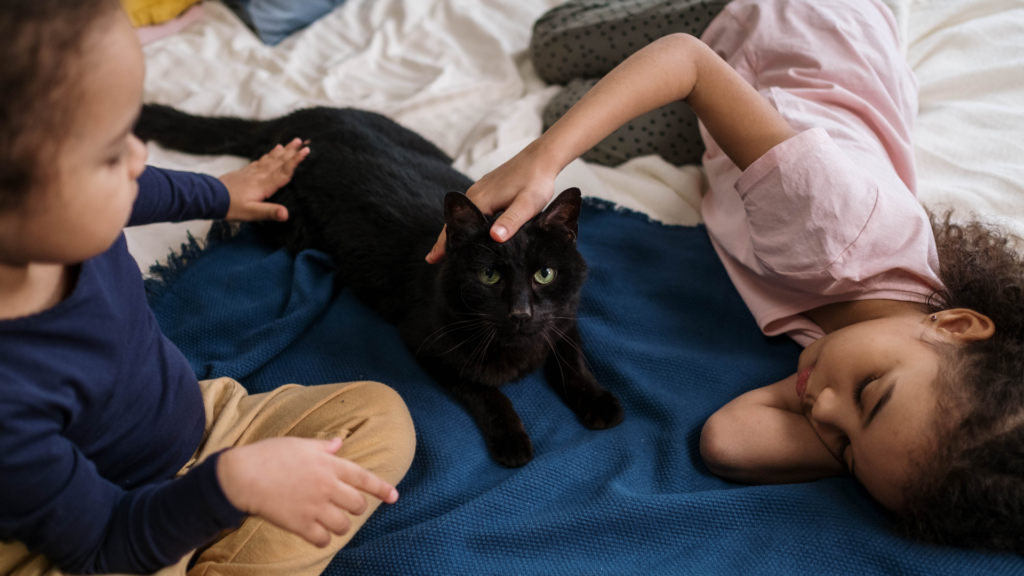
While some people are at higher risk for vector-borne disease, the connections between people, animals and the environment mean that one health techniques protect everyone from disease. Find out more about what we can do as a community and in our individual households to keep ourselves and our animals healthy.
Veterinary Workers at Higher Risk and at the Forefront of One Health
We’ve written previously about the fact that veterinary workers are at a higher risk of exposure to vector-borne diseases like Bartonella and Borrelia. According to the United States Bureau of Labor Statistics, veterinary workers rank highly in incidence rates for nonfatal occupational injuries and illnesses. Workers who are frequently exposed to domestic and/or wild animals are at the highest risk for acquiring zoonotic pathogens, especially Bartonella species. They interact day in and day out with animals that may be infected with stealth pathogens or carrying vectors like fleas and ticks.
Veterinary workers are at the forefront of the One Health movement, serving as models for why we should care about our relationships with animals, the environment and each other. We’ve frequently shared the story of Dr. Tracey McNamara, a veterinary pathologist who noted the effects of West Nile Virus on animals in New York City in 1999. Her TED speech discusses why One Health is so important to veterinarians and why veterinarians are important to our health as humans.
One Health Risks Affect Us All
Almost every person is exposed to animals and the outside environment. You may work in agriculture, have a pet, or know someone who does. You might walk through the bushes next to the parking lot on your way to work. A storm might fill the drains near your home with standing water where mosquitoes can multiply or blow down trees, leaving thick debris for rodents and their ticks to inhabit. Even inside, an open window or an infestation of vermin can bring in mosquitoes or fleas. The bottom line is that vector-borne disease affects everyone.
Risk can vary by natural and human-made variations in the environment. New research is finding that forest management techniques like controlled burns can lower tick-borne disease risk. Researchers spend a lot of time monitoring animals like mice and bats for zoonotic diseases (diseases animals share with people). Depending on where a person lives and the time of year, their interactions with animals like these may differ in frequency and risk level.
When it comes to Bartonella species in particular, we are asked all the time, “How likely is it that my symptoms are caused by Bartonella species?” We have compiled a selection of studies that provide insight into how common the infection is in different groups of people. This list has been updated recently.
The Future
The 21st Century Cures Act funded a Tick-Bite Disease Working Group. Galaxy Diagnostics Co-Founder and CEO Dr. Amanda Elam was among the contributors to the group. Going back to 2019, a sub-committee of the group issued a report in recommendations for improving the prevention of tick-borne disease. Working together as a community and as individual households, we can reduce the risk of these diseases to both people and animals.
Resources
Centers for Disease Control and Prevention. (2022, August 5). Overview of tickborne diseases. https://www.cdc.gov/ticks/tickbornediseases/overview.html
U.S. Bureau of Labor Statistics. (2022, September 8). Occupational outlook handbook: Veterinarians. https://www.bls.gov/ooh/healthcare/veterinarians.htm#tab-1
Crable, A. (2023, January 13). Study: Controlled burns reduce ticks, Lyme disease. Bay Journal. https://www.bayjournal.com/news/wildlife_habitat/study-controlled-burns-reduce-ticks-lyme-disease/article_01f52ba6-9292-11ed-aa52-174621c87e5e.html


